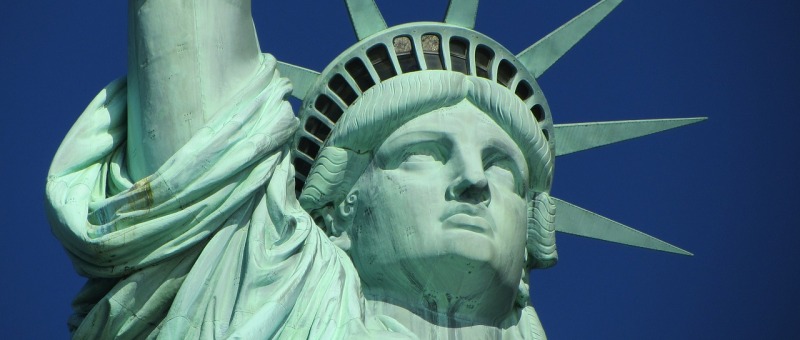When you hear the term ‘Americans,’ what do you picture?
A multicultural tapestry of people of different races?
Or a homogenous group of white folk?
How Americans identify ‘the American’ may depend on whether they come from a tight or loose culture.
Implicit Associations
This research delves into the association between cultural tightness–looseness and implicit bias related to American identity.
Leveraging two expansive datasets, the study scrutinized the implicit links between American and ethnic identities, focusing on Asian or European Americans and Native or White Americans.
What sets this research apart is the integration of state-level indicators encompassing cultural tightness–looseness, conservatism, openness to experience, and the proportion of Asian or Native residents.
Tightness and looseness of culture has to do with the tolerance and social norms.
For reference, the study states that
“Tighter cultures have stricter social norms and little tolerance for deviance from normative standards, while looser cultures are characterized by fluid societal expectations and tolerance for a wider range of opinions, attitudes, and behaviors.”
Based on this description, you might assume that tighter cultures would have a more Eurocentric normative standard of what it means to be American, while looser cultures would have a more inclusive view.
And you’d be right in that hypothesis.
The American
Through meticulous multilevel modeling analyses, researchers found this hypothesis to be correct.
Their holistic approach reveals that, within tighter states, the implicit definition of Americanness aligns rigidly with Eurocentric norms, strengthening associations with White identities while relatively excluding Asian and Native Americans.
In contrast, looser states embrace a more flexible normative landscape, fostering a broader and more inclusive American identity.
Implicit Bias
Venturing into uncharted territory, the research challenges prevailing perspectives on implicit biases.
While previous studies hinted at a generalized prejudice perspective, this research underscores the need to differentiate implicit biases rather than assume a unified construct.
Across diverse implicit associations, cultural tightness–looseness emerges as a consistent and generalized predictor, highlighting its broad impact on various facets of societal perceptions.
The study delves into the potential shades of cultural tightness–looseness, acknowledging that its influence may not be universal.
It prompts speculation about boundary conditions, suggesting that the impact of cultural tightness may be more pronounced when implicit biases have normative foundations or implications.
This perspective encourages a deeper exploration of specific mechanisms shaping these cultural variations.
Contrary to expectations, the relationship between cultural tightness–looseness and implicit biases is not uniform among different ethnic groups within the same state, sparking intriguing questions about underlying mechanisms and moderation effects.
While the study acknowledges important limitations, such as its correlational nature and the need for more fine-grained analyses across smaller entities, it stands as a pioneering effort in unraveling the interaction between cultural context and individual implicit associations.



